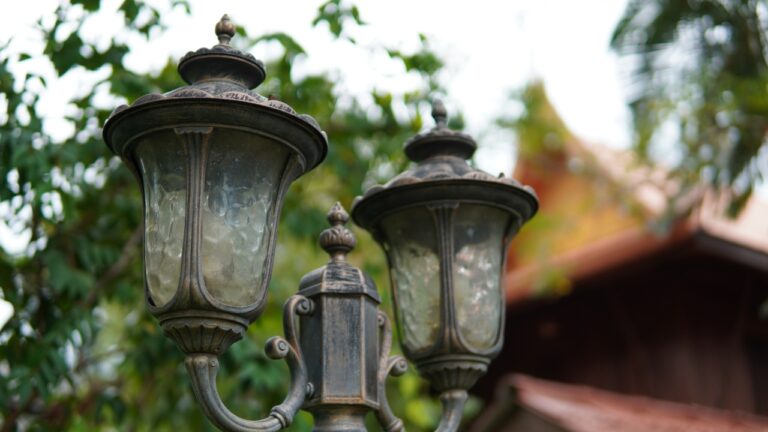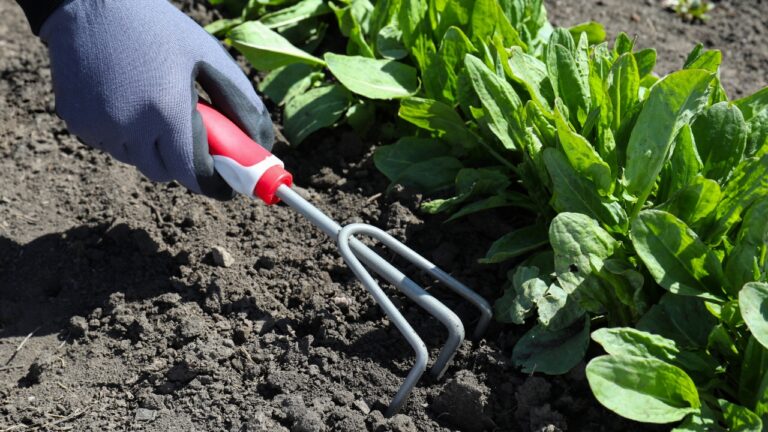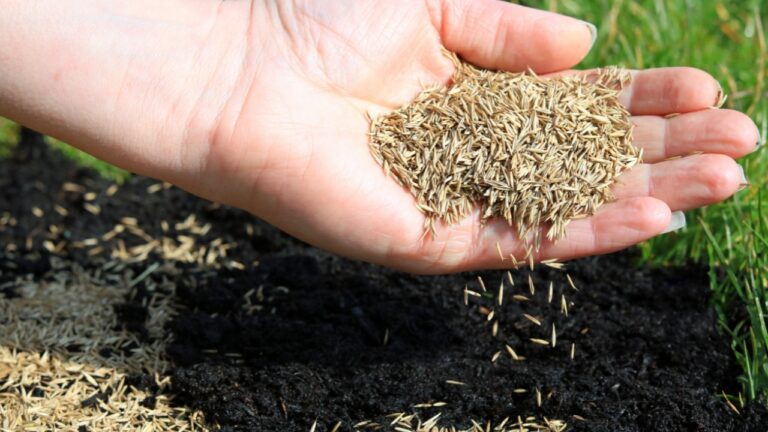10 Ways Your Garden Might Be Attracting Mice Right Now
Mice don’t need a huge opening to move in, and your garden might be giving them more than one reason to stick around. It’s not always obvious either. You could be growing food, keeping compost, or using mulch without realizing it’s become the perfect hangout for rodents. And once they’re comfortable, they don’t stay in the garden—they start looking for ways inside.
If you want to cut them off early, these are the common garden habits that could be inviting them in without you noticing.
Leaving Fallen Fruit and Veggies on the Ground
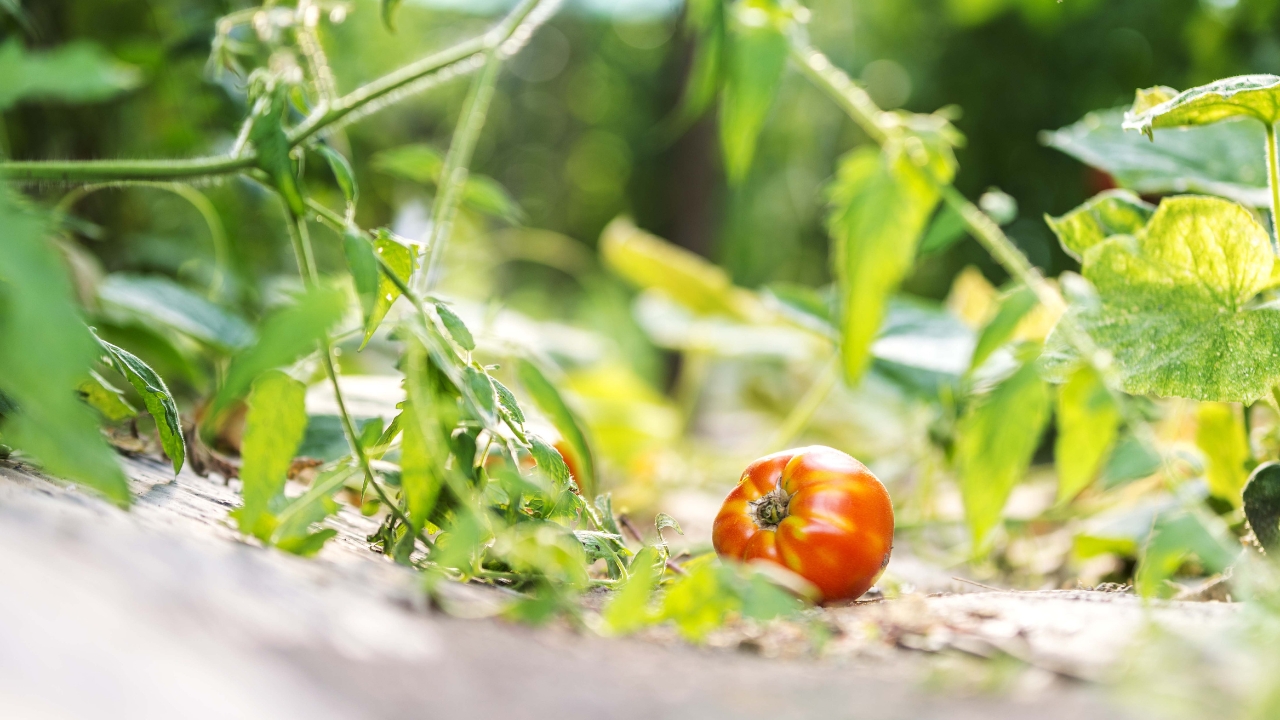
Dropped tomatoes, overripe strawberries, and half-rotted squash are a free buffet for mice. Even small pieces of fruit can draw them in. Once they know food’s easy to find, they’ll start showing up more often.
Pick produce regularly and clean up anything that falls. Mice have a strong sense of smell, and they don’t mind working for scraps. If you grow food, you’ve got to stay ahead of it.
Overusing Mulch or Straw
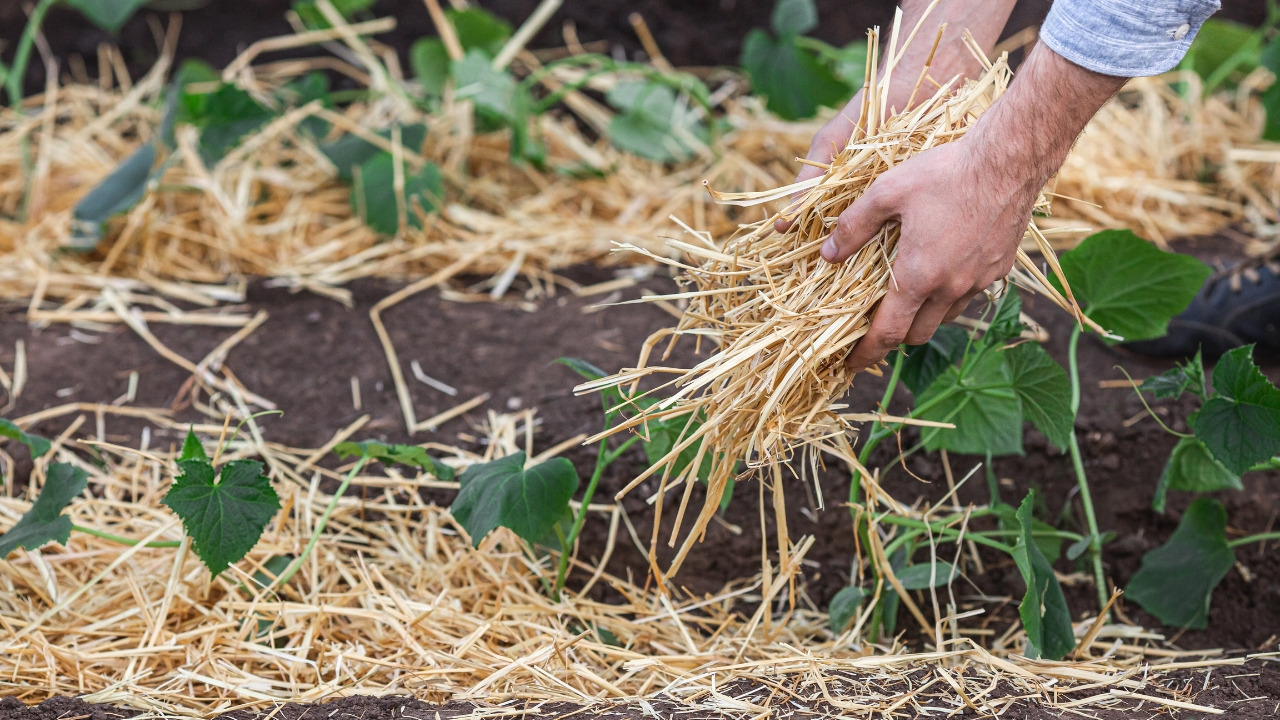
Thick mulch or straw around your plants holds moisture and creates a warm place to hide. That’s ideal nesting ground for mice. They’ll tunnel underneath or build nests inside the layers.
Mulch is helpful, but piling it up too deep or too close to structures gives rodents a soft place to settle. Use thinner layers and keep a clear space around fences, sheds, and garden edges.
Storing Birdseed or Animal Feed Outside

If you keep feed in the garden—whether for chickens, birds, or anything else—it needs to be sealed up tight. Mice chew through plastic bins and bags without a second thought. Spilled feed is even worse.
Use metal containers with tight lids, and clean up feed areas often. Any lingering seed or grain will keep mice coming back, and once they’re comfortable, they’ll start exploring for more.
Ignoring Compost Pile Management

A compost pile full of kitchen scraps and garden waste is like a food court for mice if you’re not managing it properly. If it’s open, accessible, or always damp, it becomes an easy nesting and feeding site.
Turn your pile often and make sure you’re balancing greens and browns. Avoid tossing in meat, dairy, or greasy leftovers—those attract more than mice and can make the pile harder to manage overall.
Letting Garden Beds Stay Overgrown

Overgrown beds with tangled plants and dying leaves provide excellent cover for mice. The more overgrown the space, the easier it is for them to move through it without being seen.
Regular trimming and cleanup help keep things under control. Don’t let spent plants sit too long, and thin out thick areas where rodents could be hiding out or nesting.
Leaving Out Pet Bowls or Open Water

If your dog or cat has a bowl in the yard, mice may be helping themselves when you’re not looking. The same goes for birdbaths or dripping garden hoses. Mice need water like any other animal.
Pick up bowls when they’re not in use, and fix leaks or standing water in the garden. If they find a reliable water source nearby, they’re more likely to stick around.
Not Cleaning Up After Harvest
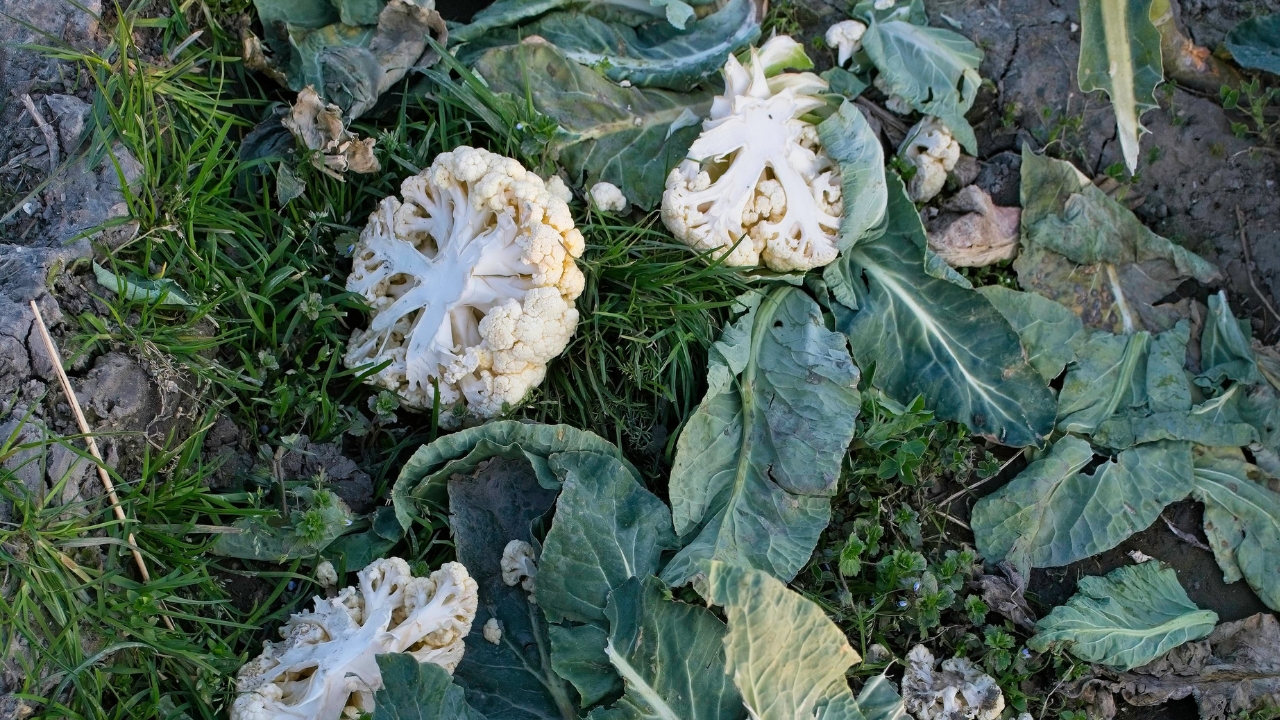
Once harvest season winds down, the mess that’s left behind can be a magnet for rodents. Half-eaten corn cobs, dry pods, or cracked melons give mice everything they’re looking for—food, cover, and a place to nest.
Clear out leftover plants and debris after the last harvest. That cleanup step makes a big difference in how attractive your space is through the colder months.
Using Unsealed Garden Sheds or Greenhouses

If your garden shed or greenhouse isn’t sealed up, mice will move right in. They only need a gap the size of a dime, and once they’re in, they’ll chew through whatever they need to make a home.
Check for gaps around doors, vents, and the base of the structure. Use hardware cloth or steel wool to block off openings, and store anything edible in sealed containers—even things like seeds or fertilizer blends.
Letting Brush or Wood Piles Sit Too Close

That brush pile you meant to burn or the stack of old boards by the fence could be giving mice a place to live. If it’s close to your garden, they’ve got food, water, and cover all in one spot.
Keep piles off the ground if you need to store them, and move them away from active garden beds. If they’re no longer useful, go ahead and get rid of them before mice settle in.
Skipping Fencing or Barriers

If your garden has no barrier, it’s wide open to every critter in the area—including mice. A low fence won’t keep them all out, but it can slow them down and make things less convenient.
Use hardware cloth or mesh with small openings around your beds, especially if you’re growing vegetables. Make sure the edges are buried a few inches into the ground so they can’t dig under easily.
*This article was developed with AI-powered tools and has been carefully reviewed by our editors.




